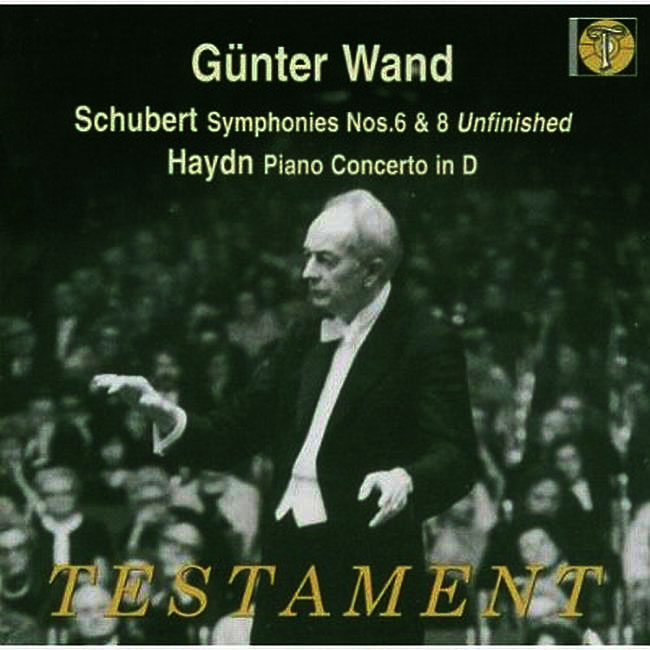Logowanie
Mikołaj - ten to ma gest!
Miles Davis, Horace Silver, Jay Jay Johnson, Percy Heath, Kenny Clarke, Lucky Thompson
Walkin'
20bit K2Super Coding - ale jak to brzmi!
Kasety magnetofonowe
Winylowy niezbędnik
ClearAudio
Double Matrix Professional - Sonic
najbardziej inteligentna i skuteczna pralka do płyt winylowych wszelkiego typu - całkowicie automatyczna
SCHUBERT, HAYDN, Gunter Wand
Symphonies Nos. 6 and 8 Unfinished / Piano Concerto in D
This release offers a rare glimpse into the early days of Gunter Wand's recording career. Long before his association with Deutsche Harmonia Mundi, and later RCA, Wand made records for a French subscription-only label. Because of the acoustic environment, many of the recordings had to be made late at night, but you couldn't tell from these performances. Wand's Schubert was as engaging in 1962 as it would be three and four decades later. Those telltale Wand characteristics--lively phrasing, robust sonority, and his remarkable ability to reveal the music's architecture while communicating its spirit--are in full evidence here. Symphony No. 6's first movement sounds less insipid than it often does in less careful hands, while the finale explores serious issues yet retains its youthful character (as opposed to Harnoncourt's darker, weightier treatment). Wand makes clear that he sees Schubert's Unfinished as a progenitor of Bruckner's work, employing slow tempos and long pauses while punching up the string tremolos and brass chorales. It's a fine performance, but Wand would continue to refine and deepen his interpretation over the years until his final magnificent readings with the Berlin Philharmonic, and especially the North German Radio Symphony (type Q4195 in Search Reviews). Haydn was another Wand specialty, and though he made few recordings, this D major Piano Concerto, graced with classical élan and imbued with joyous warmth, displays the conductor's love for the music. Soloist Heinz Schröter's poised, fluid, and rhythmically alive playing perfectly complement's Wand's approach. The Haydn is in mono, but the stereo Schubert recordings offer surprising depth, spaciousness, and wide dynamics. (Victor Carr Jr, ClassicsToday.com)






























